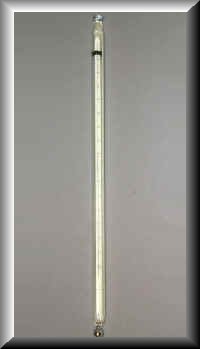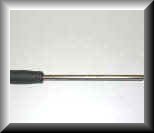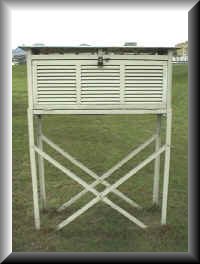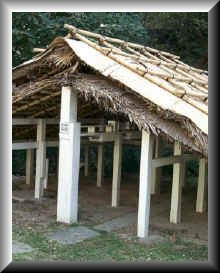Meteorological instruments -- Temperature
Measurement of Air Temperature
Units of measurement |
|||
| Kelvin (K)
degree Celsius (oC) degree Fahrenheit (oF) |
|||
| Equations for the conversion of temperature readings among K, oC and oF are:
|
|||
| c = k - 273.16
c = (f - 32) x 5/9 f = c x 9/5 + 32 |
|||
| where k is temperature reading in K
c is temperature reading in oC f is temperature reading in oF |
|||




